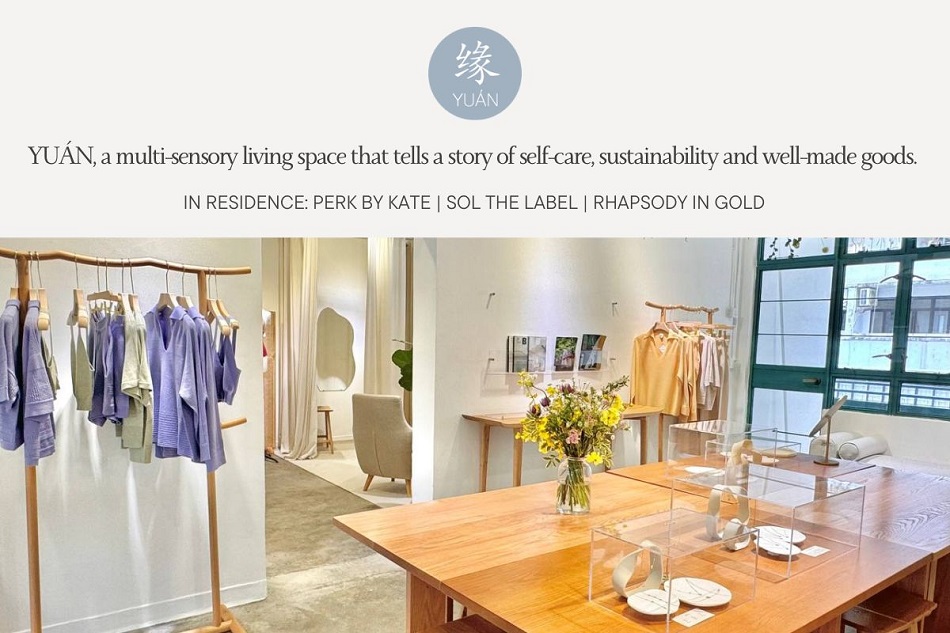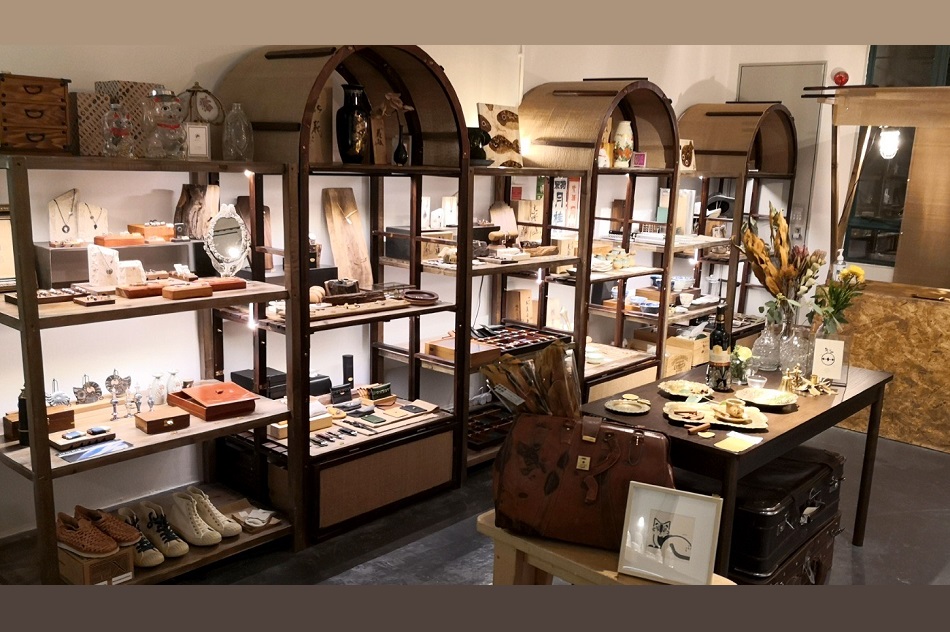Interview #08
The Paintings on the Wall: Pow Wow and the Love for Street Art
Jasper Wong
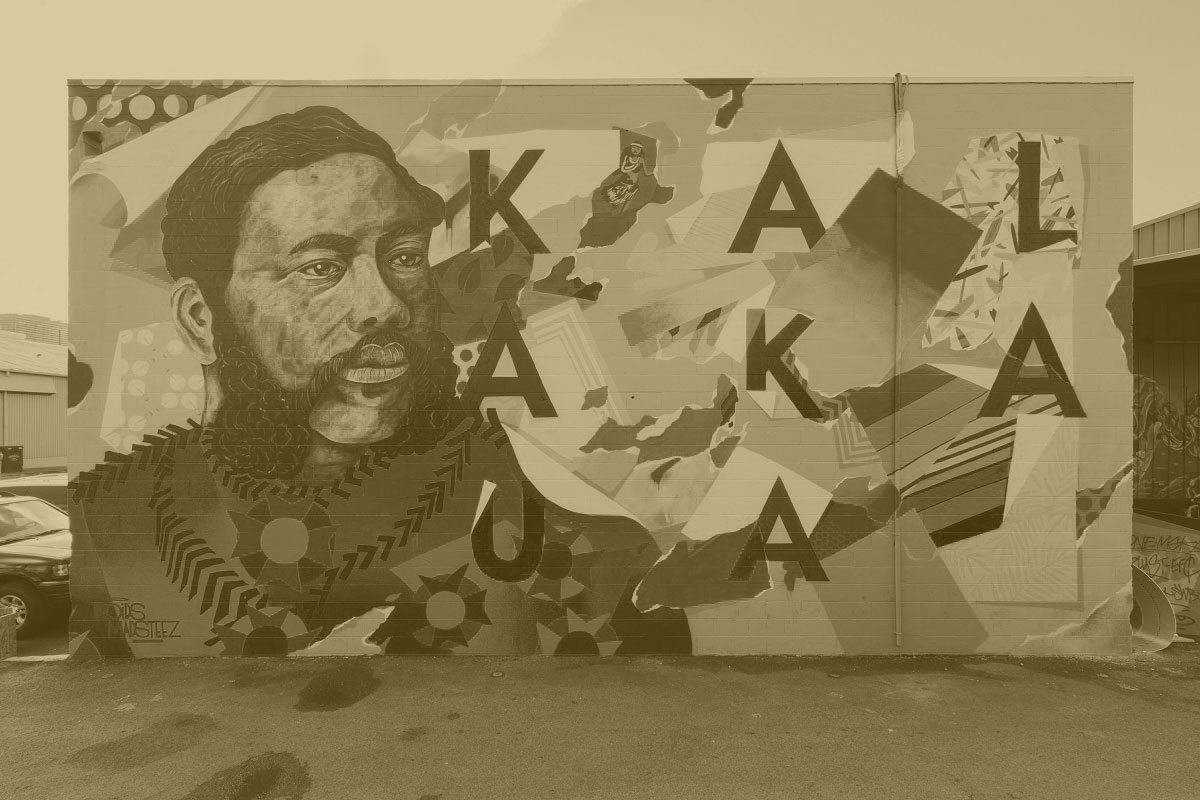
Written by RMM
Photo credit by Pow! Wow! Hawaii
Armed with cans of paint, an arsenal of paint brushes in every size, and walls of ideas, more than fifty artists descend upon the balmy shores of Hawaii every year. In a tropical blend of street art and island culture, Pow! Wow! Hawaii (Pow Wow) is a world-class event that nurtures an international community of street artists and designers. The eclectic list of past participants included, street art favourites like Apex, Jahan Loh, Nosego, Roa, RONE and ROID, Yu; creators like HOTTEA, Kevin Lyons, kozyndan, James Jean and Yue Wu.
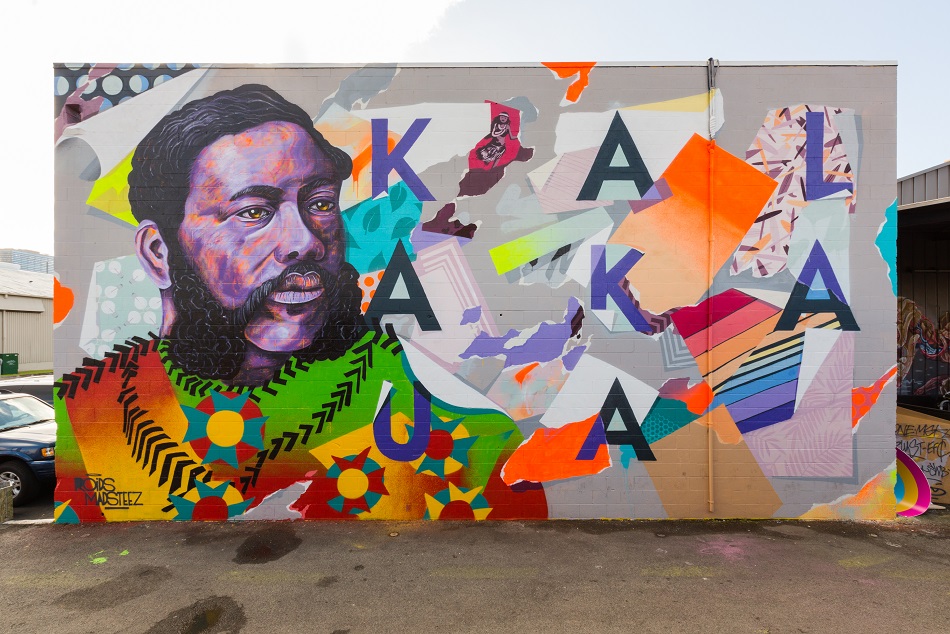
Pow Wow has grown to become an annual pilgrimage for street art enthusiasts, combining everything from gallery shows and lectures, to music and art programmes for kids — the SXSW of mural festivals if you will. Passionate collaborators have even taken the festival abroad, counting Taiwan, Long Beach, Israel, Singapore, and Washington D.C. amongst participating cities.
We jumped on a call with Jasper Wong, the founder of Pow Wow, to find out more about how the festival is creating an undeniable impact on the local and international creative scene.
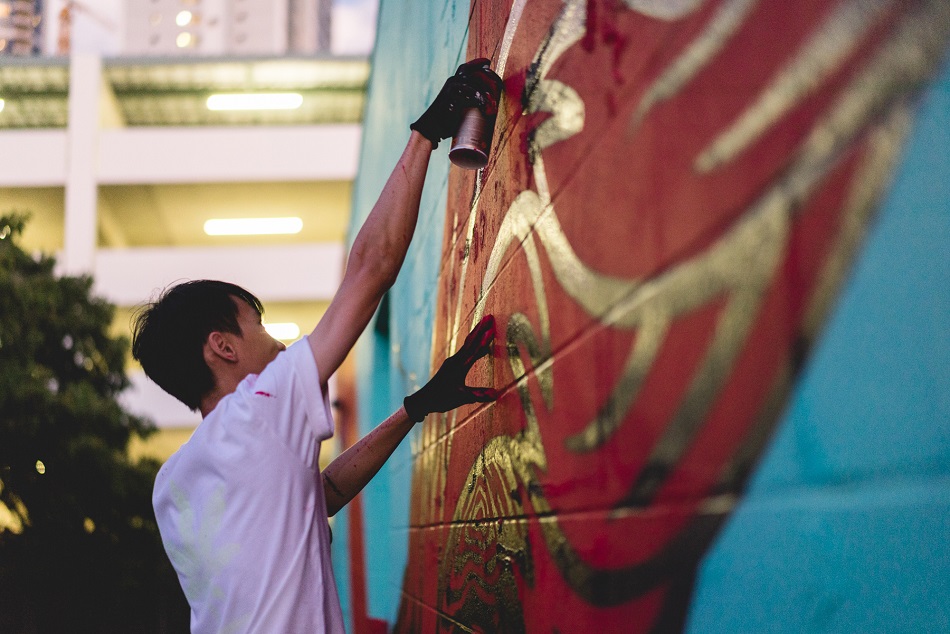
RMM: Hi Jasper! Can you tell us about yourself and why you decided to start Pow Wow?
Jasper (J): I’m a painter and designer —and went to art college in San Francisco. So you know like in school, they’ll teach you about conceptual thinking and technical skills, but they never really teach you about how to turn your ideas into real products. I knew that China’s the manufacturing capital of the world, and Hong Kong’s the gateway to China — so I moved there!
I wanted to continue showing my artwork when I was living there, but I kept getting rejected from a lot of galleries because they wanted to push Mainland Chinese artists. I was American Chinese and they didn’t see as much potential with me. So as a reaction to that, I started my own gallery where I could show and do what I want! We found an old restaurant in Sai Ying Pun, painted the walls white, put in a door and it became a gallery. One of the first shows we did there was the first Pow Wow.
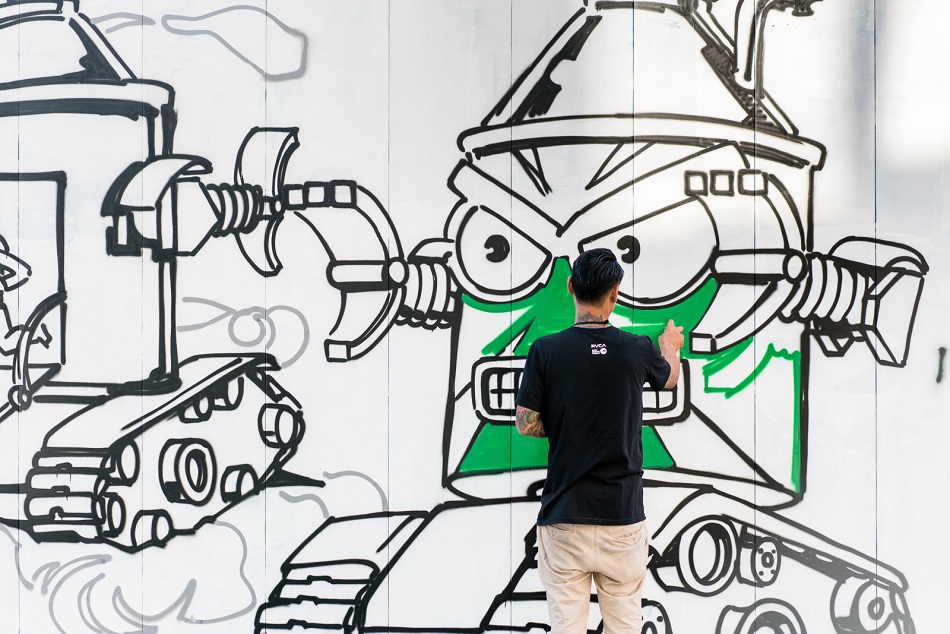
RMM: So why the focus on street art and murals?
J: It kind of goes back to (my time in) Hong Kong. Being turned away was based more on the galleries’ financial reasons — like what has the most potential in terms of sales. I was never interested in that. I feel like if there’s too much of a focus on money, we lose (the reason) why we do it in the first place.
It's kind of the same with street art and murals on public spaces. We’re not selling them. Street art is ephemeral at the end of the day: it might get painted over, the wall might get knocked down, something might happen to it or we might put another mural on it so it’s never just this permanent piece that lives forever. It’s always constantly changing because of the nature of cities.
And that’s why we do it — it’s really just about creating art for art’s sake.
At the same time, you’re able to appeal to a larger, mainstream demographic. When I go to art galleries, I notice that a lot of people just look from the outside because there’s a barrier. But when you paint public walls, there isn’t. It’s like right in front of you, in your daily commute, it’s just exists in the public space and there’s no reason why you couldn’t just go up to it and see it for yourself. So it kind of helps bring art to the people.
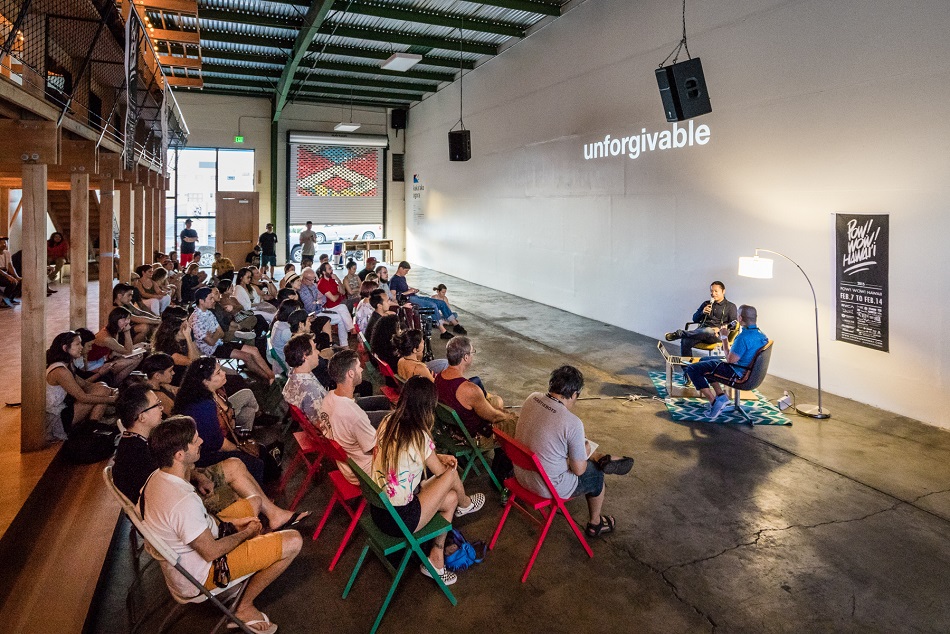
RMM: So Pow Wow really depends on this relationship with people! How do you establish and nurture these ties even after the festivals are over?
J: In some cities we’ll have an art and music school for kids and those things will continue even when the festival is not happening. We always try to support the artists that we work with, and if there are professional projects where we can get people on board, we’ll do so. We’re doing that right now with some of our Japanese artists for a potential project that’s coming up.
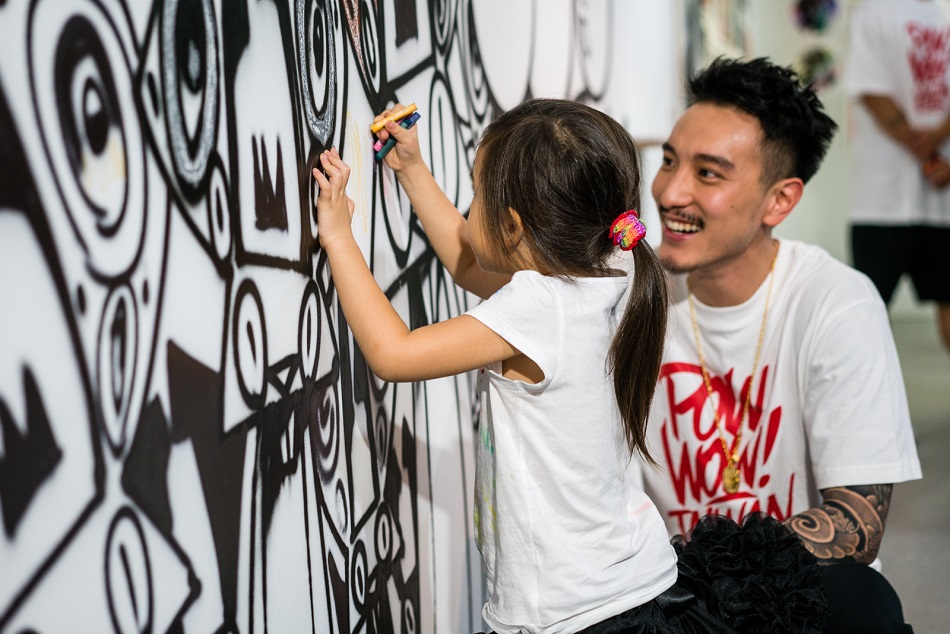
RMM: Pow Wow tends to be held in places with a strong local or aboriginal culture — how do you balance the international aspect of the festival with the local scene?
J: We really don’t want to seem like we’re just coming in bringing in all these people from outside of that area and then painting everything.
It makes more sense to connect everyone together and build those bridges.
For Pow Wow Hawaii, half of the roster would be local artists — younger emerging artists or guys who’ve been around for a long time, old-school graffiti guys, and guys who do a lot of work that’s inspired by native Hawaiian culture too. Being in a region where there’s a native culture attached, you sort of wanna connect with that.

So we do a cultural tour for visiting artists where we talk about what it means to be native Hawaiian, and what it means to be living in Hawaii, in hopes that these discussions can inform and inspire the work that they create in Hawaii as well. Hopefully they can connect with local artists, bond, and maybe collaborate to create something that speaks about Hawaii too.
We recently tried to do that in Taiwan with the aboriginal community, and we painted murals in their town and we brought in a native Hawaiian to do murals there as well, because we felt that the history of Hawaiians connects even to Taiwan, so we felt that bringing these two cultures would be a great thing to do. We’re always trying to think culturally as well.
RMM: Finally, what’s the most exciting thing about taking Pow Wow to the world?
J: We’ve always had the goal of connecting people through art and by doing this in different cities then we can achieve that. One of the most exciting things is just seeing the different reactions to art. Like in Taiwan, we painted a big mural last year and people were more interested in who we were painting a portrait of, instead of who the artist was.
But like in other cities, they’re more curious about who the artist is. So it’s really interesting to see how each city reacts and thinks. For example… We did a 12-storey tall mural in Tokyo, or a painting with aboriginal communities in Nantou (Taiwan), or painting murals all over Long Beach in California, or even back in Hawaii…
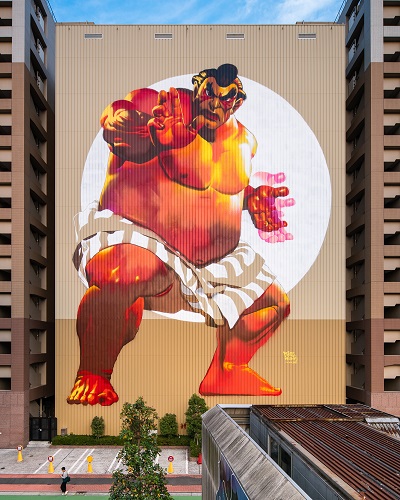
People have come up to us and start crying because it’s something that they’ve wanted and been waiting for and they love it.

